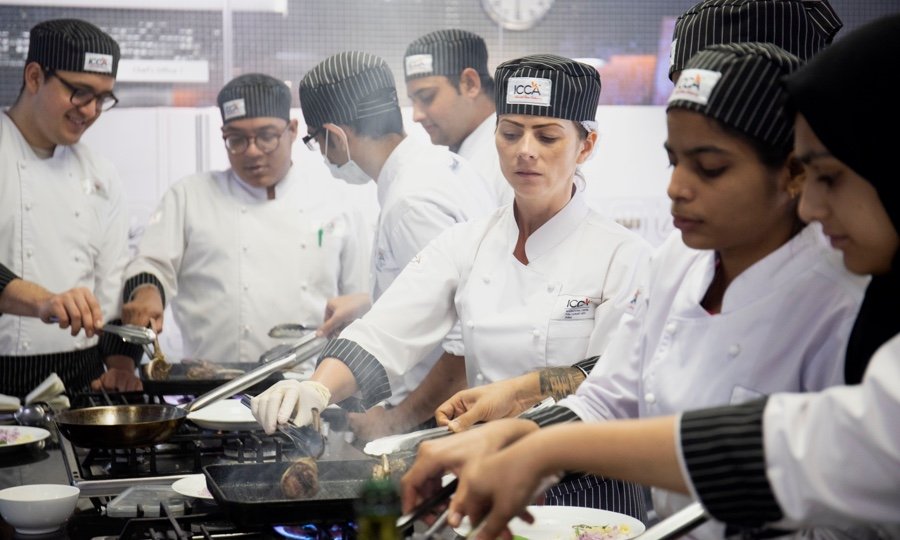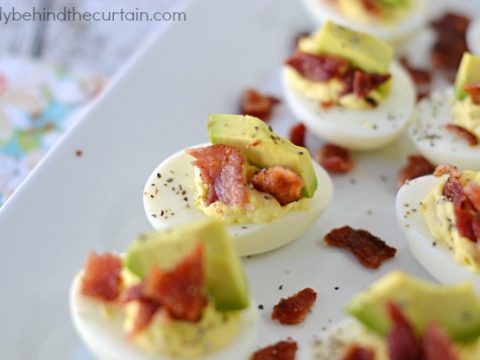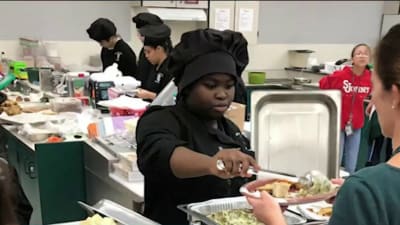
Your children should be able create a simple but effective list of cooking skills. These skills cover everything from creating creative recipes to making sure the kitchen is safe. These tips will help you instill these valuable skills in your children. Here's a sample checklist:
List of essential culinary skills
To be a chef, you must have a solid understanding of how to prepare good food. These skills include the ability to identify freshness, prepare meats, fruit, and vegetables, as well as convert standard recipes into larger batches. A chef should have excellent time management skills, and an acute sense of taste and smell. Furthermore, they should be capable of properly handling knives and food equipment.
Sauteing can be used to cook a wide variety of foods. Lightly sauteed vegetables and shrimp in garlic butter are particularly delicious. Braising, the oldest form of cooking, is usually done over an open fire. Although it is quite basic, it is extremely useful. If you can boil a dish, you are on your way to becoming a good cook. It is important to be able to use a knife safely.
Create creative recipes
Creative recipes are essential to your success when cooking a meal. These creative recipes are not only a showcase of your creativity but also a showcase of your skills. Divergent thinking, or creative thinking, allows you think outside of the box to generate new ideas. This skill is important for a culinary career because it allows one to experiment with new cooking techniques and flavors, and impress his customers. Your employer will be impressed by your creativity and willingness to try new flavours. Explore different flavour combinations and create interesting themes for your meals. To improve your creativity, brainstorm and research cooking methods.

A problem with cooking skills definitions is that they can be inconsistent. Although they aren't sure which one is more crucial, they agree that the skill definition needs to be updated. They believe that the definition of skill should be derived from the "Golden Age", which was when people were able to cook basic meals. We must support the advancement of these skills in order to ensure that food has a bright future.
Safe cooking in the kitchen
Developing a safe environment in a commercial kitchen is imperative for the health of your staff. A commercial kitchen can pose a danger to your staff because of the presence of bacteria and electrical equipment. First, it is crucial to plan the cleanliness of your kitchen and install safety equipment. It is important to ensure children are not left unattended in the kitchen. It is possible to avoid accidents by properly training your employees and implementing safety plans.
For all kitchen staff, fire-resistance training and fire safety training are essential. Local fire authorities can offer training in fire safety. Staff in the kitchen should be familiar with where fire blankets and extinguishers are and how they can be operated. It is also a good idea to train employees in CPR/first aid. Kitchens should have nonslip flooring.
Identification of food safety hazards
Your safety program should include identifying food safety hazards, regardless of whether you're cooking for your family or catering for special occasions. It is crucial to identify potential hazards in food safety. This can help avoid food poisoning outbreaks or product recalls. Failure to do so could result in brand damage or regulatory action. Codex HACCP compliance in food businesses is vital. Identification of hazards is a key requirement.

Many physical dangers can be harmful to people. These hazards can be either natural or artificial, and they can come from plants or people. Different physical hazards have different probability of causing disease or injury. These hazards don't have to be necessarily dangerous. They just need to be eliminated. To identify potential hazards, determine the source of the danger and how to reduce it. You can also examine the product to determine the source.
FAQ
Do I need to attend culinary school to become a cook?
No. Many chefs learned their craft on their own. Some even went to culinary schools to gain practical experience. Many chefs prefer to attend culinary school for the increased opportunities to learn and grow as professionals. Culinary schools offer students hands-on training, which helps them build valuable skills and improve their cooking knowledge.
What skills do I need to get into culinary school?
To be a chef you need to be able and able to cook well. For a basic understanding of cooking, it is advisable to enroll in cooking classes at the local high schools or community colleges. Once you have learned the basics of cooking, it is time to look for work at a restaurant.
What are the qualifications to be a chef?
A bachelor's degree in culinary art is necessary to become a professional chef. A number of ACF tests will be required. You will be issued a certificate once you meet all the requirements.
How can I learn to cook like the pros?
Cooking can be a great way for you to grow as a person. Being able to cook healthy food is a great skill to improve self-confidence. Learn how to cook healthy food at home. Finding out your favorite recipes is the first step. Then, read books about different foods, such as Italian, Mexican, Chinese, etc. Finally, practice making different dishes until you feel comfortable doing them.
How do you become a chef?
There are many routes to becoming a chef. Begin by enrolling at a community college. You can then look into going to culinary school. You can also apply for a paid internship.
How do you learn to cook the best?
Cooking should be something everyone can do. It's a great way to experience delicious food without having to learn how to cook. You must start by finding a recipe you enjoy and following it closely when you learn to cook. The next step is to practice making small modifications to the recipe until it becomes second nature. The last step is to cook for others. This will improve your cooking skills as well as test your culinary abilities.
Statistics
External Links
How To
How to make a perfect Omelette
Omelets are one of my favorite foods to eat at breakfast. But how do they turn out so perfectly? I've tried many recipes and different methods but none have worked. So I wanted to share some tips and tricks so that you can make delicious, fluffy omelets every morn.
When making omelets, it is important to be aware that eggs can be temperamental. You must get them fresh, organically, and keep them cold until you cook. They must be kept cool, otherwise the whites will not form properly and the yolks may become runny. This causes your omelets to look oddly colored. If you want to make omelets right away, it's best not to use eggs that are too cold.
Another tip is to separate your egg before adding it into the pan. Because this could cause your omelet to become curdled, you don't want any yolk to be mixed with any white.
You might burn the bottom of the egg if you place the egg directly on the stovetop. This could ruin the texture of your omelet. Instead, heat the egg for 10 seconds in the microwave before placing it in the pan. The microwave heat cooks your egg just right, without it becoming too soft.
Next, let us talk about how to mix the eggs. When you mix eggs together, you want to beat them well. You can do this by turning the bowl of your mixer upside down. Next, shake the bowl vigorously. This way, the air inside the bowl gets whipped around and mixes the egg thoroughly.
Now comes the fun part - pouring the milk into the mixture. Pour half the milk into the beaten egg mixture and then fold in the eggs. If you still see streaks of eggs, don't worry. These streaks will disappear once the omelet has been turned over.
After you have done folding the eggs, heat the pan on medium heat. The oil will start to smoke. Once the oil begins to heat, add 1/4 cup butter and swirl the pan to coat it. Next, carefully open the lid and sprinkle salt into your pan. A pinch of salt will help prevent the omelet from sticking to the pan.
Cover the pan once you have formed the omelet. Wait for the top to set. Flip the omelet over using a spatula or flip the pan upside down. Cook the other side for about a minute. Take out the omelet and place it in a bowl.
This recipe works best when you use whole milk.